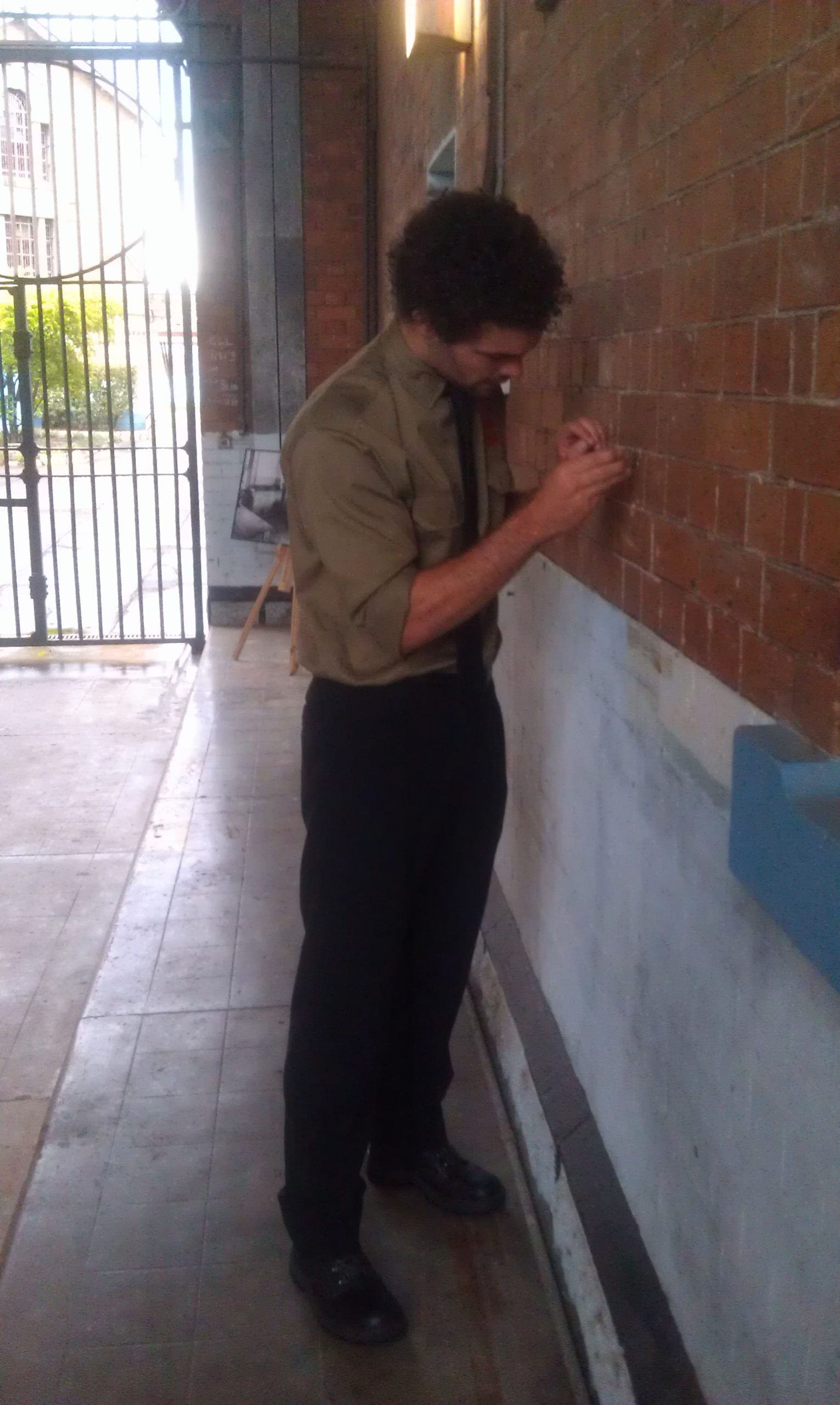HERITAGE WORK: Padlocks – Acquisitions
It never ceases to amaze us the incredible connections to Boggo Road Gaol that are out there in the community. We recently acquired four original prison padlocks from a member of the public whose father performed maintenance for the State Government at Wacol prison. Three are “Chubb” brand padlocks, commonly used to secure cell doors due to their incredible strength – the clasp was capable of withstanding 38 tonnes of pressure! One Chubb is in exceptional condition with three unused matching keys; the other two are very old and had seen a lot of use. Given their age and providence these would have come from Boggo Road Gaol. Incredibly each still has a matching key albeit worn. Chubb padlocks were used throughout Boggo Road Gaol and other Queensland prisons through the 1950s to 1980s. Expensive pieces of security in their day, they were originally manufactured in London. They are still made today retailing for approx. AU$175. The fourth padlock was a brass “Jackson” brand. These simple but strong locks were usually used on cellblock gates.
Modern collectors have driven the prices of old locks up in recent years but our interest in these was their connection to Queensland’s prison history. These rare items will be used to demonstrate to visitors on our HISTORY OF BOGGO ROAD GAOL Tour how prisoners were locked up. Any willing volunteers?
HERITAGE WORK
Boggo Road Gaol Tour Guide Toby Martin carefully removes ‘Bluetac’, sticky tape and other rubbish from the walls of the Gatehouse in Number Two Division; left from years of poorly managed events and functions, this laboursome task is one of many being carried out by Boggo Road Gaol staff to reinstate the image of the prison as a heritage site. Our Tour Guides are passionate about the significance of Boggo Road in Queensland’s history – when not taking tours or re-enacting they have been hard at work removing non-original material deposited from years of abuse.
Number Two Division closed in 1989, and during the early 2000s was a popular venue for parties. Inadvertently many hirers did not realise when they put up streamers, balloons and decorations at these events that evidence of their celebrations would remain a decade later.
When Number Two Division was in use as a prison substances such as Bluetac were never used. Unfortunately it can now be found throughout the entire prison – particularly on walls including those in F Wing cellblock taken in on the HISTORY OF BOGGO ROAD GAOL Tour.
Each blob of Bluetac takes around 5-10 minutes to remove. ‘Although people would assume Bluetac would not harm brickwork, left for years to dry out or harden in the sun has made it a challenge. It can be extremely difficult to remove. We cannot use chemicals or solvents as this is a heritage site so it is a gradual process of teasing the substance off the surface using new Bluetac or water.’ According to Jack Sim, ‘slowly and carefully we are gradually removing all trace. It is a shame that this was not policed in the past.’
New signage throughout the Gaol is being fixed in place with easily removable adhesive tape and will routinely be checked and replaced as it ages.



